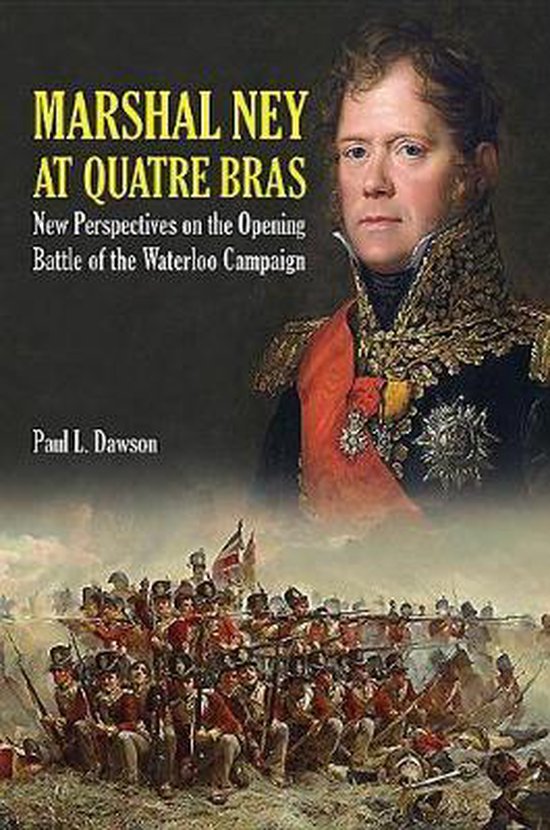Rbizo.com
Battle for paris 1815

Rubriek: Textual/Printed/Reference Materials - Boek
Prijs: € 29.99
Rating: 5/5
★
★
★
★
★
Verzending:
Uiterlijk 6 december in huis
Uiterlijk 6 december in huis
Inhoudsopgave:
Omschrijving:
On the morning of 3 July 1815, the French General R mi Joseph Isidore Exelmans, at the head of a brigade of dragoons, fired the last shots in the defence of Paris until the Franco-Prussian War sixty-five years later. Why did he do so? Traditional stories of 1815 end with Waterloo, that fateful day of 18 June, when Napoleon Bonaparte fought and lost his last battle, abdicating his throne on 22 June. So why was Exelmans still fighting for Paris? Surely the fighting had ended on 18 June? Not so. Waterloo was not the end, but the beginning of a new and untold story. Seldom studied in French histories and virtually ignored by English writers, the French Army fought on after Waterloo. At Versailles, Sevres, Rocquencourt and elsewhere, the French fought off the Prussian army. In the Alps and along the Rhine other French armies fought the Allied armies, and General Rapp defeated the Austrians at La Souffel - the last great battle and the last French victory of the Napoleonic Wars. Many other French commanders sought to reverse the defeat of Waterloo. Bonapartist and irascible, General Vandamme, at the head of 3rd and 4th Corps, was, for example, champing at the bit to exact revenge on the Prussians. General Exelmans, ardent Bonapartist and firebrand, likewise wanted one final, defining battle to turn the war in favour of the French. Marshal Grouchy, much maligned, fought his army back to Paris by 29 June, with the Prussians hard on his heels. On 1 July, Vandamme, Exelmans and Marshal Davout began the defence of Paris. Davout took to the field in the north-eastern suburbs of Paris along with regiments of the Imperial Guard and battalions of National Guards. For the first time ever, using the wealth of archive material held in the French Army archives in Paris, along with eyewitness testimonies from those who were there, Paul Dawson brings alive the bitter and desperate fighting in defence of the French capital. The 100 Days Campaign did not end at Waterloo, it ended under the walls of Paris fifteen days later.
- 1 Bekijk alle specificaties
Beste alternatieven voor u.

Marshal Ney at Quatre Bras
Rating: 0 / 5 | Prijs: € 28.99
Fought on 16 june 1815 two days before the battle of waterloo the battle of quatre bras has been described as a tactical anglo allied victory but a french strategic victory the french marshal ney was given command of the left wing of napoleon s army and ordered to seize the vital crossroads at q
Uiterlijk 6 december in huis .. MEER INFO

Wellington's Waterloo Allies
Rating: 0 / 5 | Prijs: € 32.77
For almost 200 years the british perception of the battle of waterloo was that it was a great british victory gained over the french tyrant napoleon which was achieved in spite of rather than because of the allied contingents in the duke of wellington s army eyewitness accounts by british soldie
Uiterlijk 6 december in huis .. MEER INFO

Waterloo
Rating: 5 / 5 | Prijs: € 32.67
This the fourth volume in andrew field s highly praised study of the waterloo campaign from the french perspective depicts in vivid detail the often neglected final phase the rout and retreat of napoleon s army the text is based exclusively on french eyewitness accounts which give an inside view
1 - 2 weken .. MEER INFO
Product specificaties:
Taal: en
Bindwijze: Hardcover
Oorspronkelijke releasedatum: 16 oktober 2019
Aantal pagina's: 344
Illustraties: Nee
Hoofdauteur: Paul L. Dawson
Hoofduitgeverij: Pen & Sword Books Ltd
Extra groot lettertype: Nee
Studieboek: Ja
Verpakking breedte: 156 mm
Verpakking hoogte: 234 mm
Verpakking lengte: 234 mm
Verpakkingsgewicht: 301 g
EAN: 9781526749277